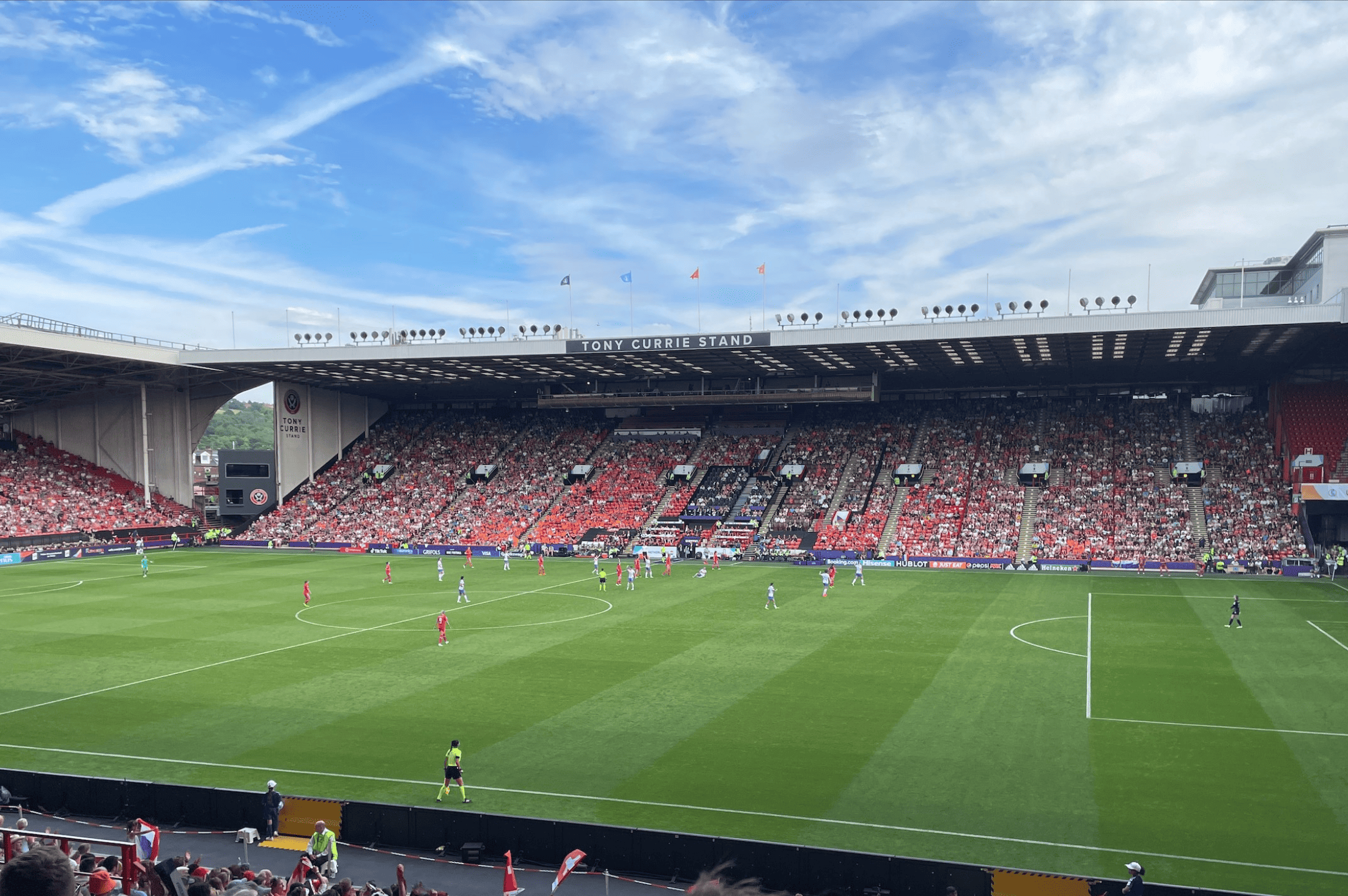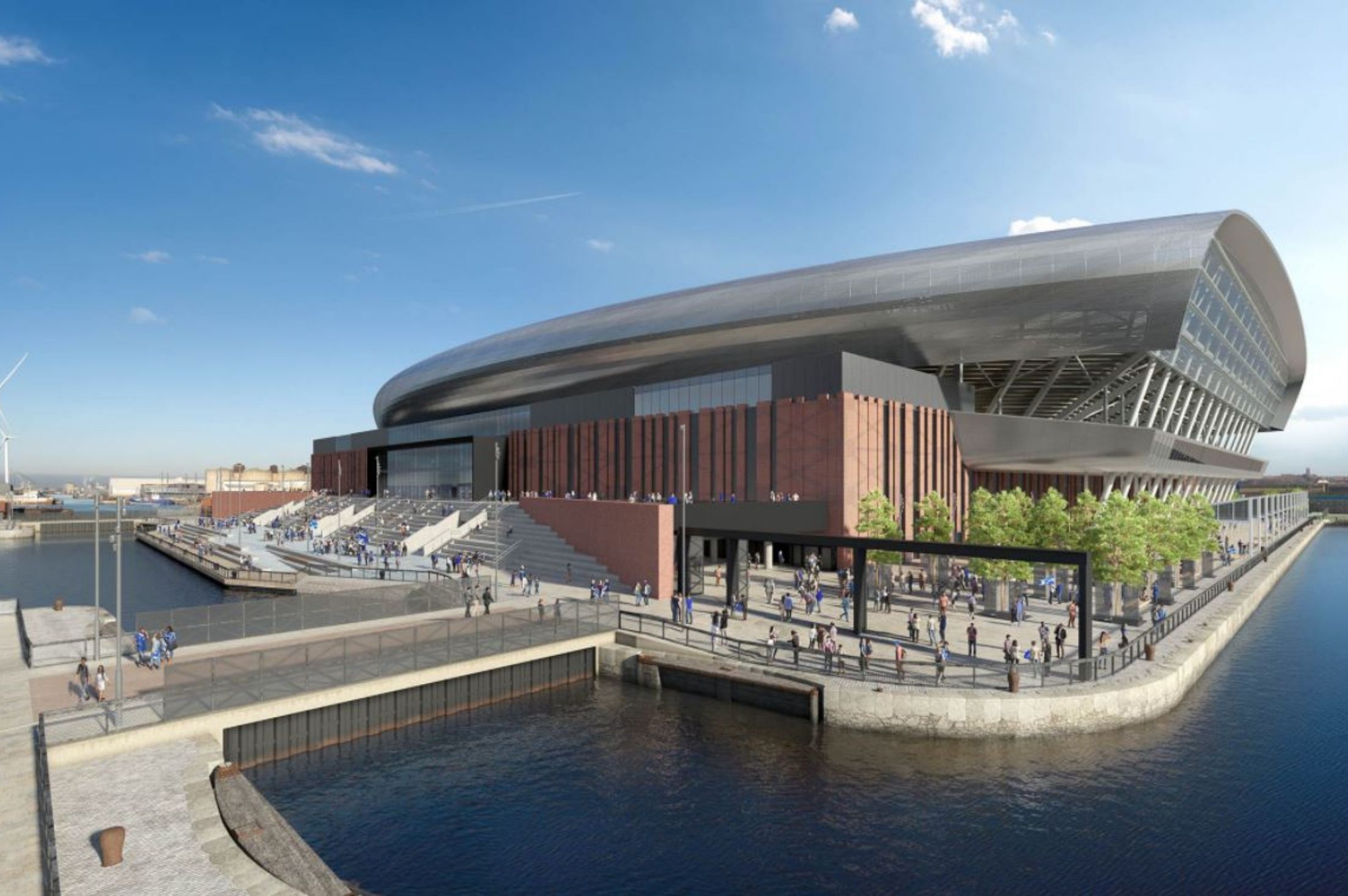Shaun Hyde, Planner at Planning & Design Practice, and life-long football fanatic, takes a look at the special relationship that exists between a football club, its home ground and its loyal supporters.
The great Bill Shankly once said;
“Some people think football is a matter of life and death. I don’t like that attitude. I can assure them it is much more serious than that.”
This idea resonates with many football fans around the world, and the football stadium is the epicentre of this ideology.
Football stadia right across the country are steeped in history, with each one possessing their own set of fans, their own culture and most importantly, their own stories. During the Victorian era, football was a sport for the working classes and the location of many stadiums reflected this, being located amongst red brick terraced housing and at the heart of local communities. Over the years, these communities grow and expand, as do the stadiums, and these communities form part of this bigger picture, a culture that is deeply engrained throughout the nation and is now the most popular sport in the world. And it started in Sheffield.
In the present day, stadiums are steeped in so much history and character that they posses a special place amongst towns and cities. They contribute to a city’s individual character, become a landmark and tourist attraction and act as a pilgrimage destination for many committed and devoted fans. As a staunch Liverpool fan, I grew up where everyone would pick a side, Red or Blue. A question that the majority of Merseyside recognises and relates to, which speaks volumes as to how engrained football culture can be amongst communities. The location of football stadiums drives this connection and loyalty.
Young fans growing up in close proximity to these iconic structures will admire in awe and their commitment will be set for life. The stadium is a hive for intense emotional activity and this brings with it it’s own sense of place. It’s a space for people to express legitimate emotion surrounded by people who all share those same experiences and beliefs. It’s a cauldron for community connectivity and collectiveness.
It’s a sight that will only become less common in the future. As the modern game adapts to larger capacity crowds and the pressures of growing inner-city life, many football clubs are relocating out of the built up residential areas of the city. In recent years Manchester City, West Ham United and of course Derby County have all relocated to less densely populated areas of their respective cities.
There are benefits that come with relocating. There’s the opportunity to start fresh and create a design from the ground up, which can include incorporating sustainable design practices to tackle the modern climate emergency that we find ourselves in today. Forest Green Rovers are currently in the process of developing their proposed new stadium, which is being described as “the world’s greenest stadium.” Highlights of it’s design include being made almost entirely out of wood, having plenty of electric car charging ports and around 500 trees and 1.8km of hedgerows will be planted. Their old stadium will be replaced by a low carbon housing development being erected on the site.
So as we welcome the Women’s European Championships to Sheffield, it’s important to appreciate the community roots that the game possesses and how the stadiums that have been woven into the fabric of many urban areas across the country can symbolise this spirit. The sense of place that football grounds radiate is one that even non-football fans can appreciate and admire.
Shaun Hyde, Planner, Planning & Design Practice Ltd




